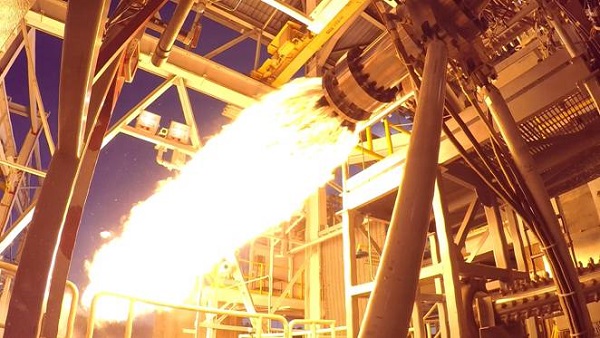GSAT-02
GSAT-02 is the second satellite in the GSAT series which was launched on 8 May 2003 onboard Geosynchronous Satellite Launch Vehicle (GSLV-D2). Weighing 1,825 kg this Satellite carried 4 C-band transponders, 2 Ku band transponders and a Mobile Satellite Service (MSS) payload. Other than these it also carried 4 other experimental payloads which are listed below,
- Total Radiation Dose Monitor (TRDM)
- Coherent Radio Beacon Experiment (CRABEX)
- Solar X-ray Spectrometer (SOXS)
- Surface Charge Monitor (SCM)
Read: PRATHAM
Also Read: KALAMSAT - V2
ISRO Scientists incorporated 440 Newton liquid Apogee motor and sixteen 22 Newton reaction control thrusters into GSAT-2 for altitude control and for raising the satellite from Geo-stationary Transfer Orbit to its final Geo-stationary Orbit. After reaching the final orbit, solar panels and antenna got deployed and ISRO placed this Satellite at 48° east longitude. This mission carried 840kg of MOH/MON3 Propellant.
As compared to GSLV-D1 ISRO made some technological changes in this mission to increase the vehicle performance and payload capacity The moderations include,
- Replacement of S125 motor by S139, increasing the propellant loading by 9 tonnes and reducing the inert mass by 1 tonne.
- Introduction of the high-pressure engine in L40 and GS2 stages. Both stages use UH25 in place of UDMH and propellant loading is revised accordingly.
- Removal of SITVC system in GS1.
- Replacement of metallic payload adaptor with CFRD payload adaptor.
- Bringing down EB mass to 495 kg from 556.5 kg.
 |
| GSAT-02 (credit:VSSC) |
MISSION PROFILE
Launch Mass: 1,825 kg
Launch Vehicle: GSLV-D3
Launch Site: SDSC First launchpad
Inclination: 2.43°
Operator: ISRO
Application: Communication
Power: 1,380 W







0 Comments